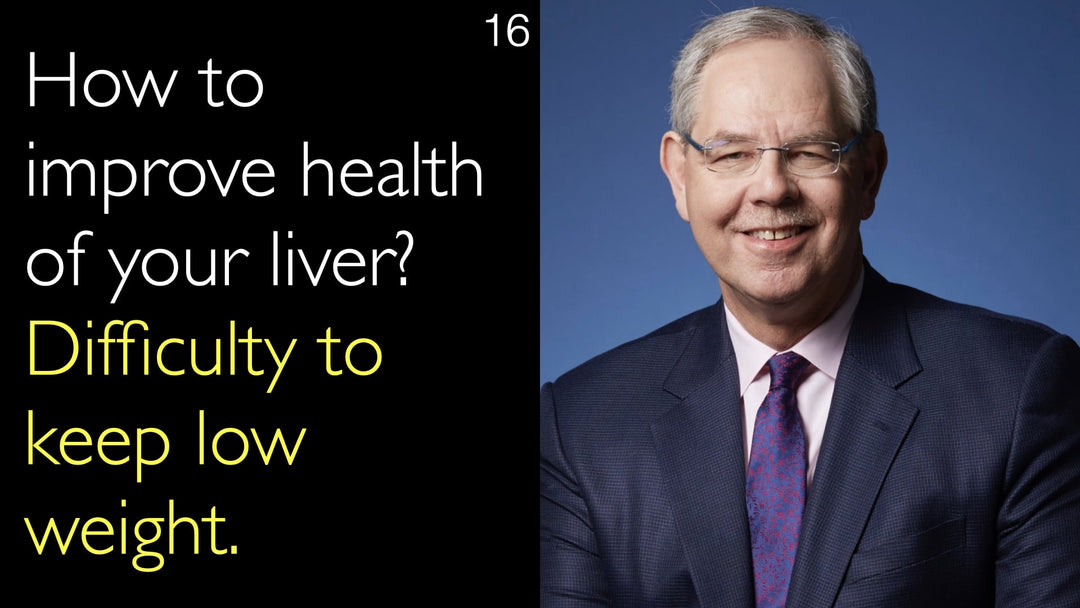Le Dr Nelya Melnitchouk, MD, experte reconnue en formation chirurgicale et en équilibre vie professionnelle-vie privée, éclaire les défis spécifiques aux chirurgiennes. Ses travaux mettent en lumière des congés maternité plus courts et des pressions financières accrues pour les femmes dans les spécialités interventionnelles. Le Dr Melnitchouk explore également la satisfaction professionnelle et l’influence de la longue formation sur les projets familiaux. Elle partage des conseils précieux à destination des jeunes médecins femmes qui aspirent à concilier carrière chirurgicale et maternité.
Défis et solutions pour les chirurgiennes : congé maternité et satisfaction professionnelle
Aller à la section
- Résultats de recherche sur les chirurgiennes
- Impact du calendrier de formation chirurgicale
- Satisfaction professionnelle dans les spécialités interventionnelles
- Conseils aux jeunes médecins femmes
- Congé maternité aux États-Unis
- Pressions systémiques et solutions
- Transcription intégrale
Résultats de recherche sur les chirurgiennes
Le Dr Nelya Melnitchouk, chirurgienne et mère, a mené des recherches inspirées par son expérience personnelle. Ses travaux portent sur l’impact de la formation médicale sur la qualité de vie et les issues de grossesse. L’étude a comparé les médecins femmes exerçant dans des spécialités interventionnelles et non interventionnelles.
Les principaux résultats révèlent que les femmes en chirurgie, gynécologie-obstétrique et gastroentérologie prennent des congés maternité plus courts. Elles doivent également rembourser davantage à leur cabinet médical à leur retour. Le Dr Melnitchouk souligne que ces femmes déclarent une moindre satisfaction professionnelle et expriment un désir plus marqué de changer de spécialité par rapport à leurs collègues des spécialités non interventionnelles.
Impact du calendrier de formation chirurgicale
La durée prolongée de la formation chirurgicale aux États-Unis exerce une pression considérable. Le Dr Anton Titov et le Dr Melnitchouk évoquent le parcours type : après la faculté de médecine, un internat de cinq à sept ans, souvent suivi d’une surspécialisation (fellowship).
Cette formation étendue amène les médecins à terminer vers le milieu de la trentaine, période où la fertilité commence naturellement à décliner. Les recherches du Dr Melnitchouk n’ont pas confirmé un recours accru à la FIV chez les chirurgiennes, peut-être parce que l’étude portait sur des femmes ayant déjà eu des enfants.
Satisfaction professionnelle dans les spécialités interventionnelles
L’insatisfaction professionnelle constitue un enjeu majeur pour les chirurgiennes. Allier une carrière exigeante et une jeune famille s’avère particulièrement difficile. Les recherches du Dr Melnitchouk ont interrogé à la fois des internes et des médecins titulaires.
Elle a constaté des défis similaires dans les deux groupes. La tension entre obligations cliniques et vie familiale mène souvent à l’épuisement professionnel, ce qui explique pourquoi les femmes dans les spécialités interventionnelles envisagent parfois de réorienter leur carrière.
Conseils aux jeunes médecins femmes
Le Dr Nelya Melnitchouk offre des conseils pragmatiques tirés de ses conclusions. Sa recommandation principale : ne pas retarder la parentalité si c’est un objectif de vie. Elle reconnaît qu’une grossesse pendant l’internat est éprouvante.
Cependant, elle souligne que c’est également difficile en tant que médecin titulaire. Il n’existe pas de moment idéal. Son conseil : identifier ses priorités personnelles et les poursuivre résolument.
Congé maternité aux États-Unis
Les politiques de congé maternité aux États-Unis manquent d’uniformité et sont souvent insuffisantes. Pour les médecins en formation, le congé dure généralement six à huit semaines, variable selon le type d’accouchement.
Les médecins titulaires peuvent bénéficier de jusqu’à 12 semaines selon le Family and Medical Leave Act (FMLA). Cependant, le FMLA n’impose pas un congé payé ; cela dépend entièrement de l’employeur et de l’organisation du cabinet.
Pressions systémiques et solutions
Les pressions systémiques incitent souvent les chirurgiennes à écourter leur congé maternité. Assurer la continuité des soins pour leurs patientes alourdit la charge de leurs associés, créant un sentiment d’obligation professionnelle de revenir rapidement.
Le système de santé supporte également un fardeau financier. Le Dr Melnitchouk conclut que les États-Unis doivent développer une approche plus solide, avec un congé maternité payé universel pour soutenir les mères chirurgiennes et leurs familles.
Transcription intégrale
Dr Anton Titov : Vous étudiez comment la formation médicale et chirurgicale affecte la qualité de vie, les issues de grossesse et la satisfaction professionnelle des médecins femmes. Vous avez publié plusieurs articles très intéressants sur ce sujet. Qu’avez-vous découvert dans vos recherches sur les médecins femmes ?
Dr Nelya Melnitchouk : Oui, ce projet me tenait à cœur, étant moi-même chirurgienne et mère de deux enfants. Nos résultats sont révélateurs.
Les femmes dans les spécialités interventionnelles prennent des congés maternité plus courts et doivent rembourser davantage à leur cabinet à leur retour. Ces spécialités incluent la chirurgie, la gynécologie-obstétrique et la gastroentérologie.
Elles expriment une satisfaction professionnelle moindre et souhaitent changer de spécialité plus fréquemment que leurs consœurs des spécialités non interventionnelles. Un biais de sélection est possible, car nous avons interrogé des femmes en début de parentalité, avec des enfants de moins de six ans. Elles sont en première ligne clinique, devant concilier carrière et famille, ce qui est particulièrement exigeant en chirurgie.
Dr Anton Titov : Pour notre public international, pourriez-vous expliquer la formation médicale aux États-Unis ? Après la faculté de médecine, les jeunes médecins suivent généralement un internat de cinq ans, surtout dans les spécialités interventionnelles. Ils travaillent comme médecins, mais sous contrainte accrue. Ensuite, ils deviennent titulaires, comme vous. Avez-vous interrogé des femmes pendant l’internat, la surspécialisation, ou après ?
Dr Nelya Melnitchouk : Nous avons interrogé à la fois des internes et des titulaires. Aucune différence significative n’est apparue dans la durée du congé ou les difficultés rencontrées.
Il est vrai que la formation chirurgicale aux États-Unis est très longue : faculté de médecine, puis internat de cinq à sept ans, souvent suivi d’une surspécialisation. On termine vers le milieu de la trentaine, quand la fertilité commence à décliner. Nous avons examiné si les chirurgiennes recouraient davantage à la FIV ou avaient des difficultés à concevoir, sans confirmation. Cela tient peut-être au fait que nous avons interrogé des femmes ayant déjà eu des enfants.
Dr Anton Titov : Vos recherches portent sur la satisfaction professionnelle et les défis des chirurgiennes. Quel conseil donneriez-vous aux jeunes médecins femmes, en fin d’études ou début d’internat ?
Dr Nelya Melnitchouk : N’attendez pas pour avoir des enfants si c’est important pour vous. La vie est imprévisible. Être enceinte pendant l’internat est difficile, mais ça l’est aussi en tant que titulaire. Déterminez vos priorités et poursuivez-les.
Dr Anton Titov : Quelle est la durée typique du congé maternité aux États-Unis, s’il y en a une ?
Dr Nelya Melnitchouk : Cela varie. Pour les internes, c’est six à huit semaines, selon le type d’accouchement. Les titulaires peuvent prendre jusqu’à 12 semaines via le FMLA, mais sans obligation de paiement. Tout dépend de l’employeur.
La pression pour écourter le congé est forte en milieu clinique. D’autres médecins doivent prendre en charge vos patientes, alourdissant la charge des associés, même avec des arrangements mutuels. Le système supporte aussi un coût financier. Aux États-Unis, nous devons trouver une meilleure façon d’offrir un congé maternité payé à toutes les mères.








